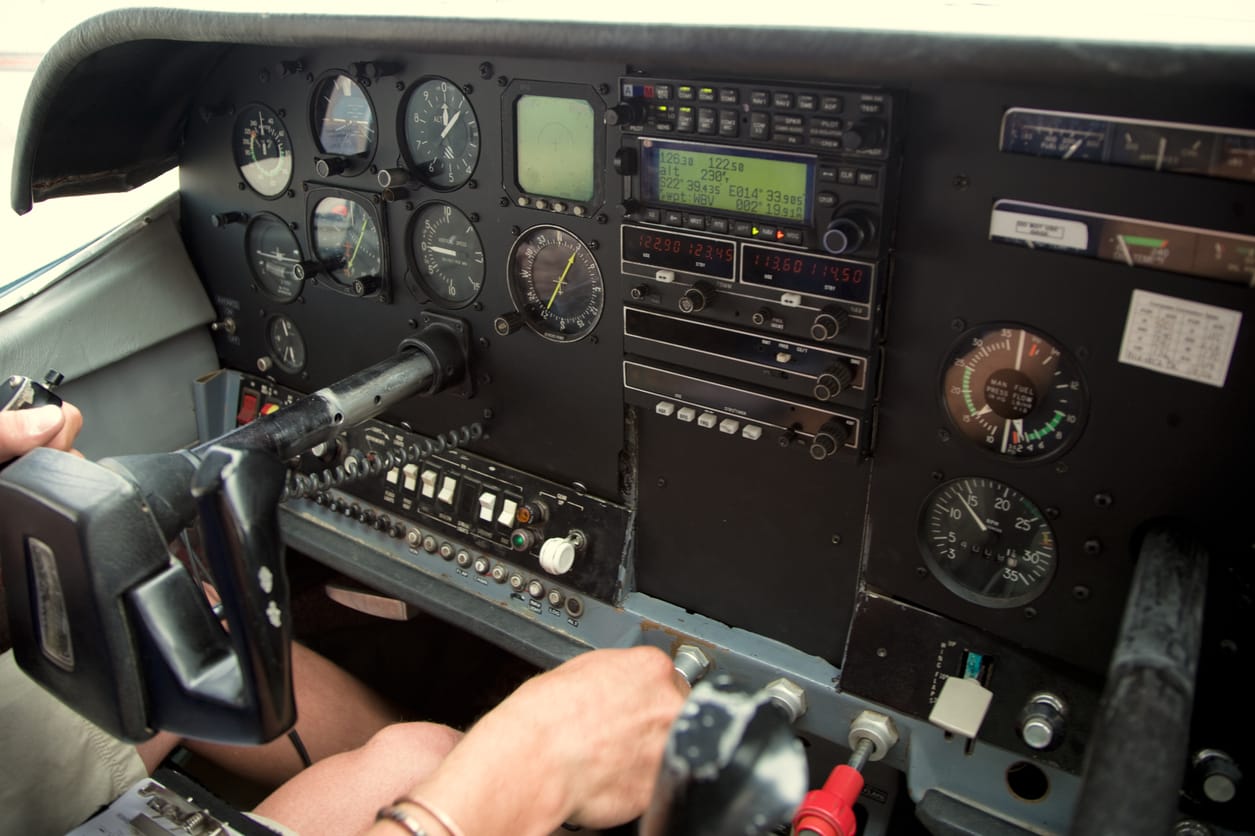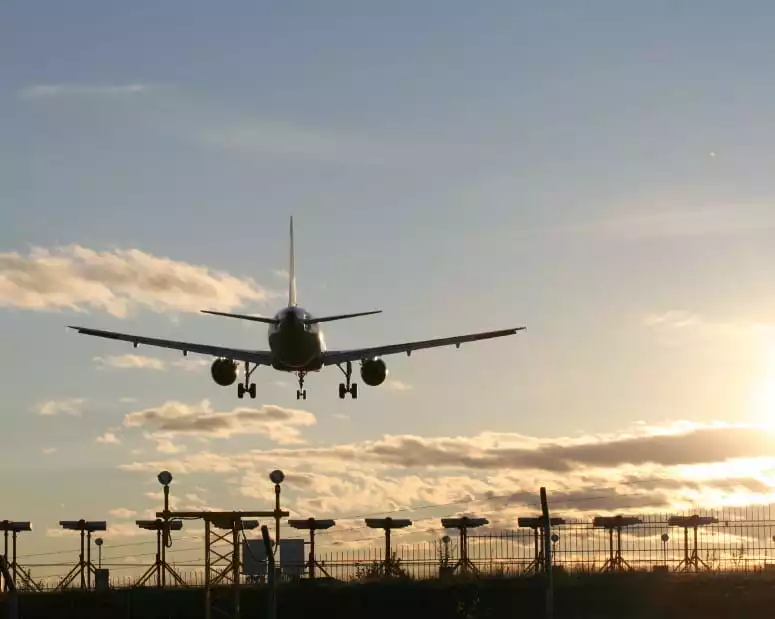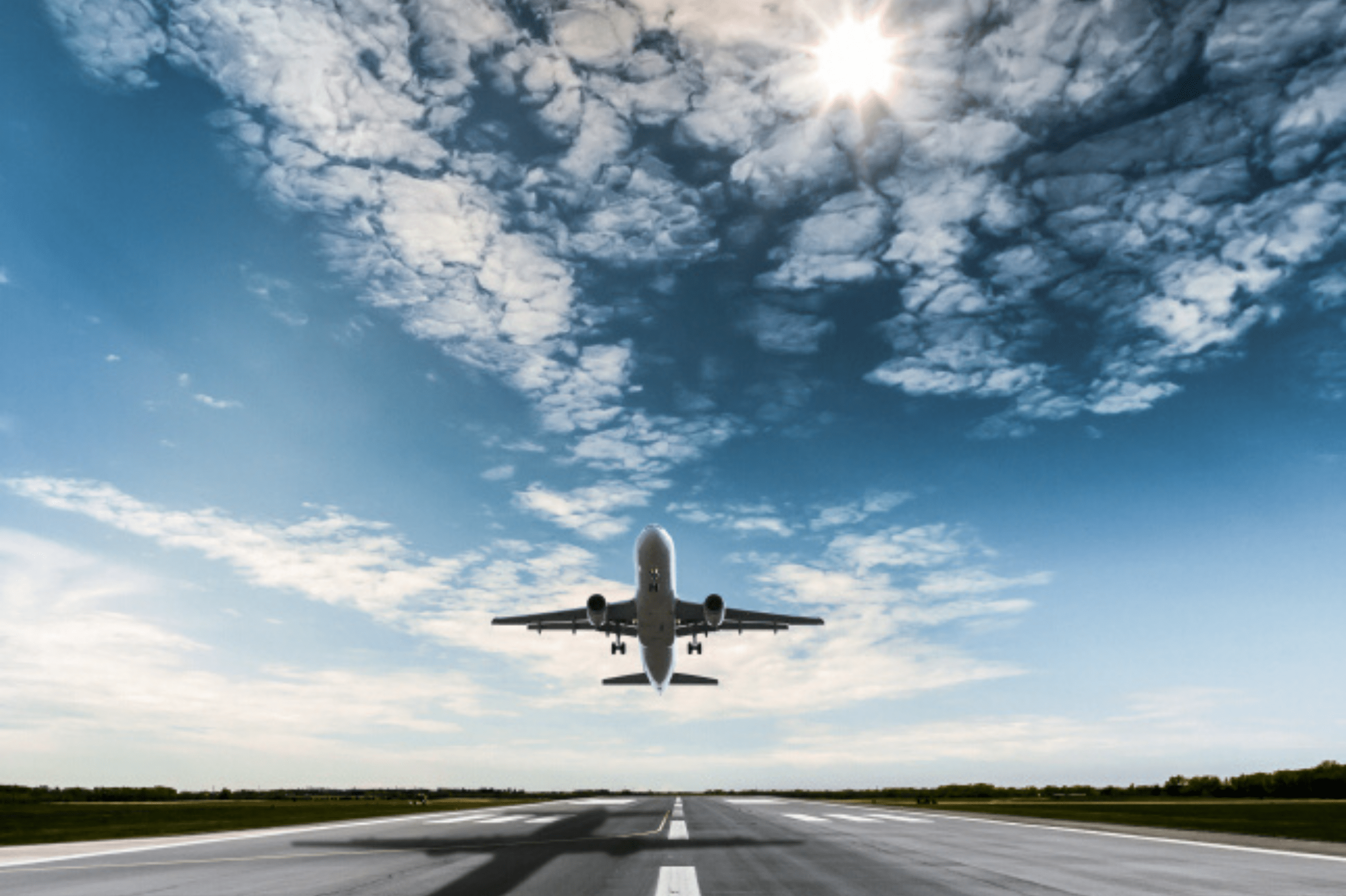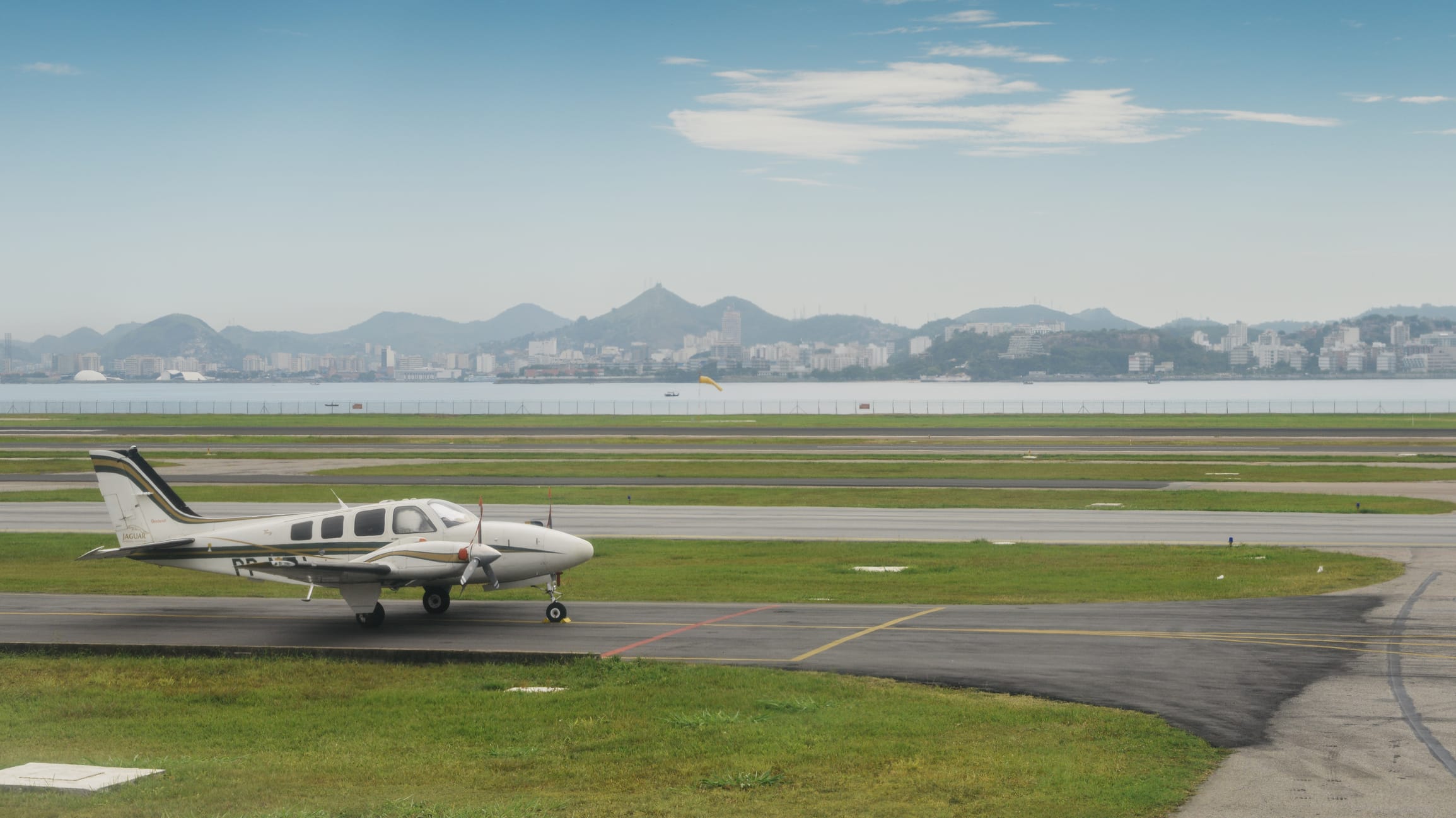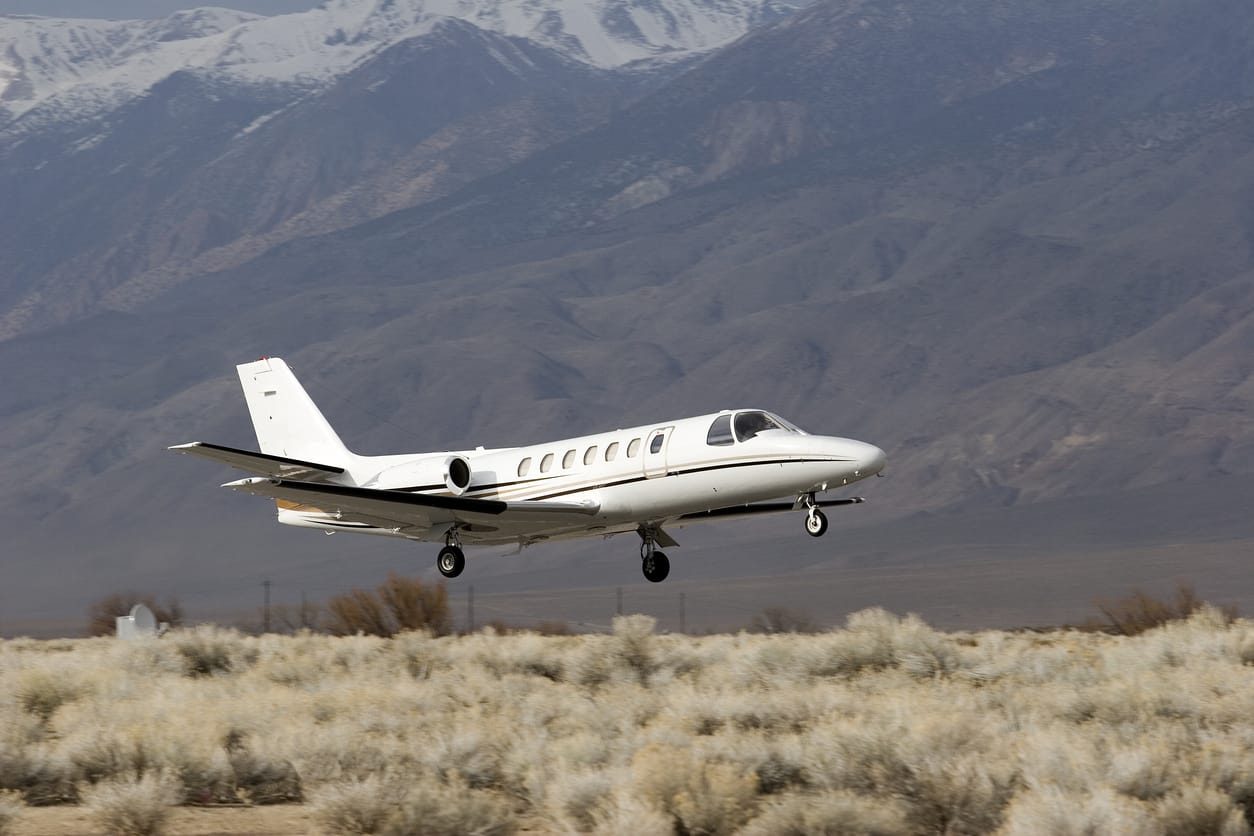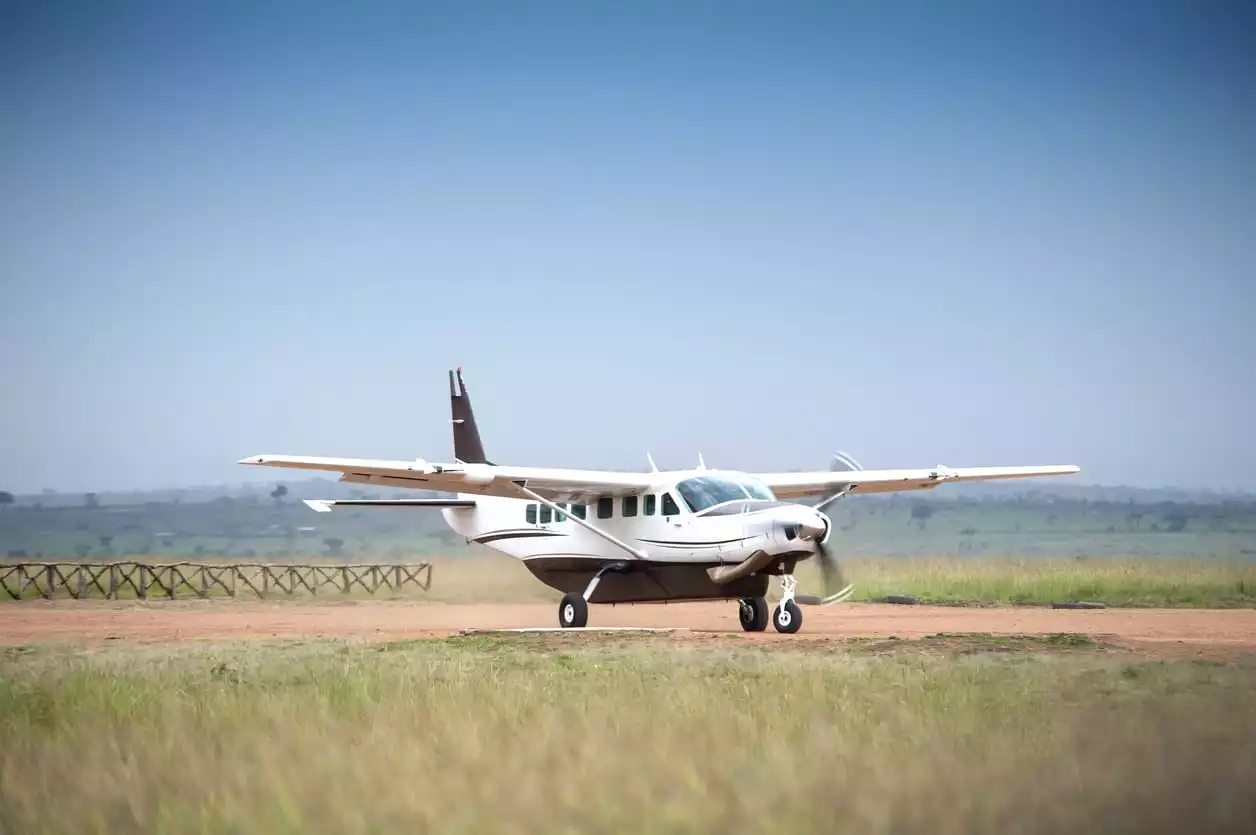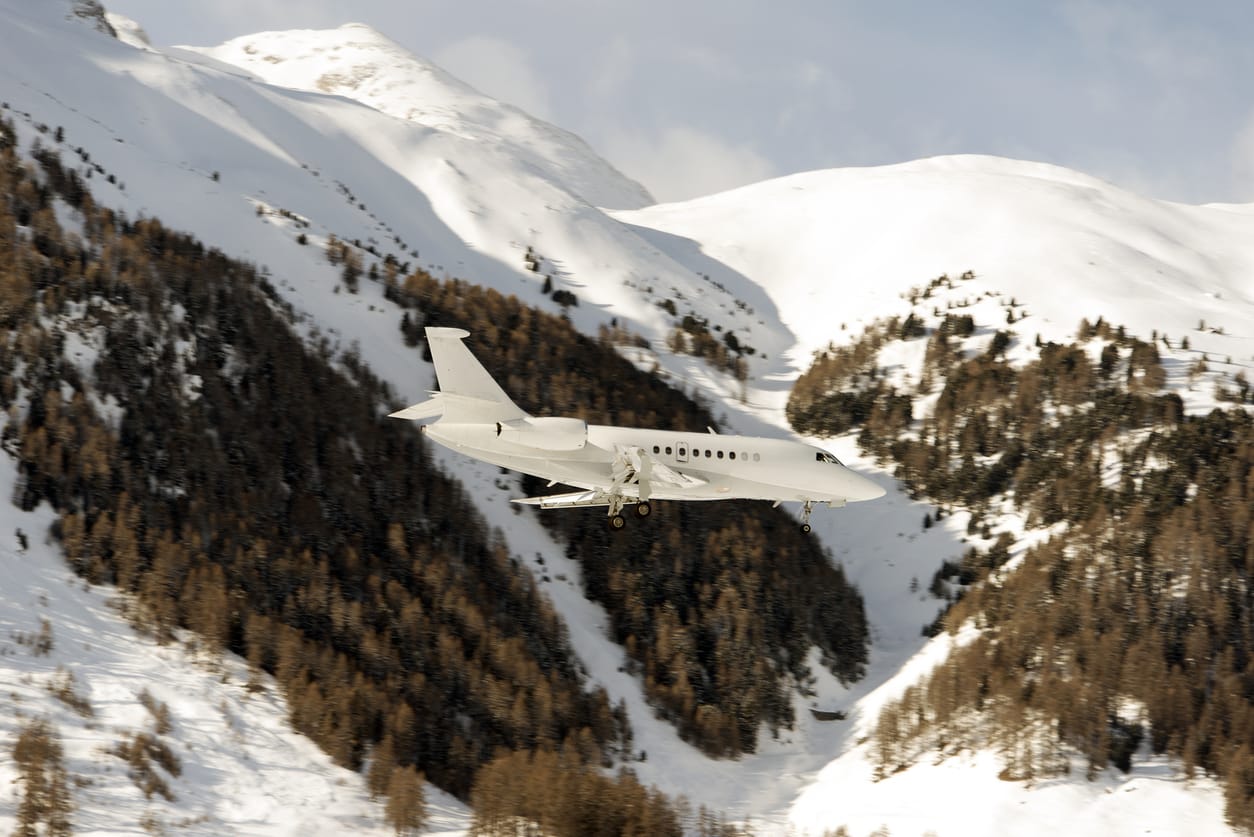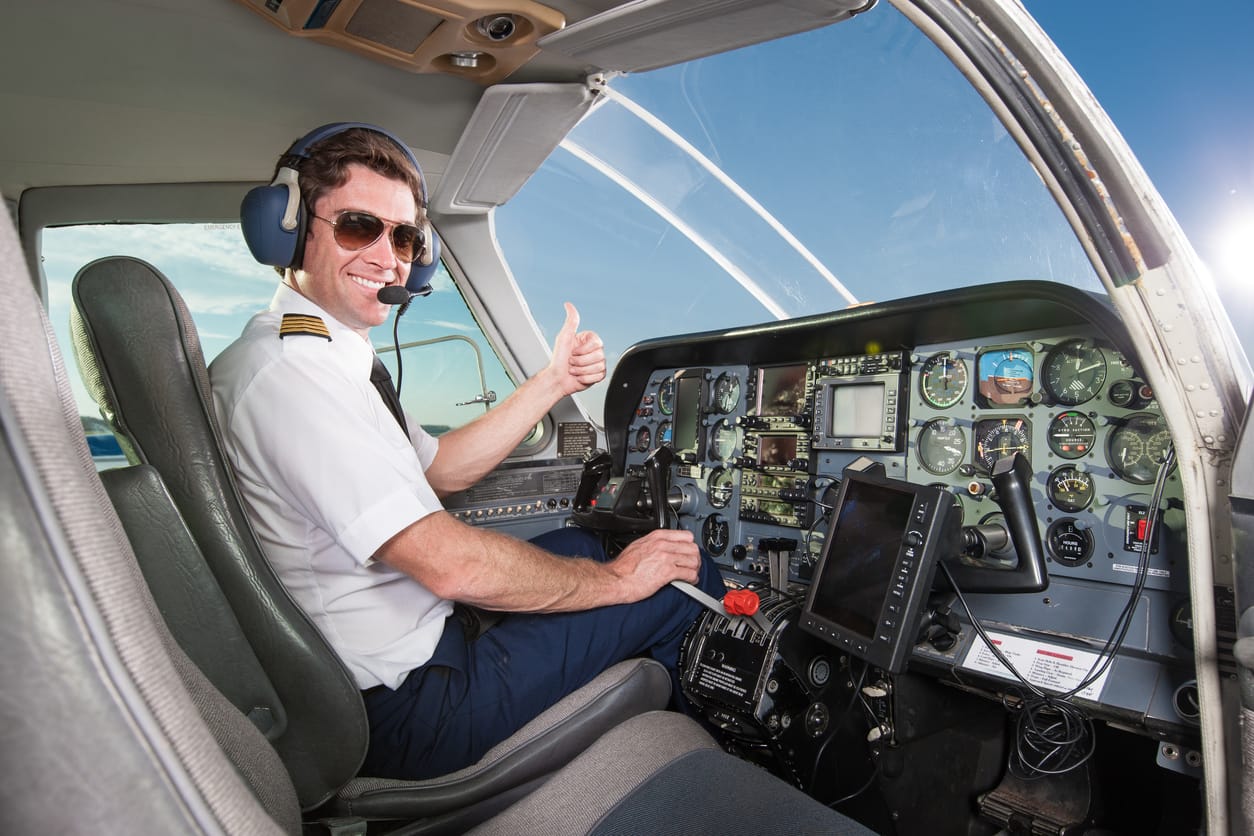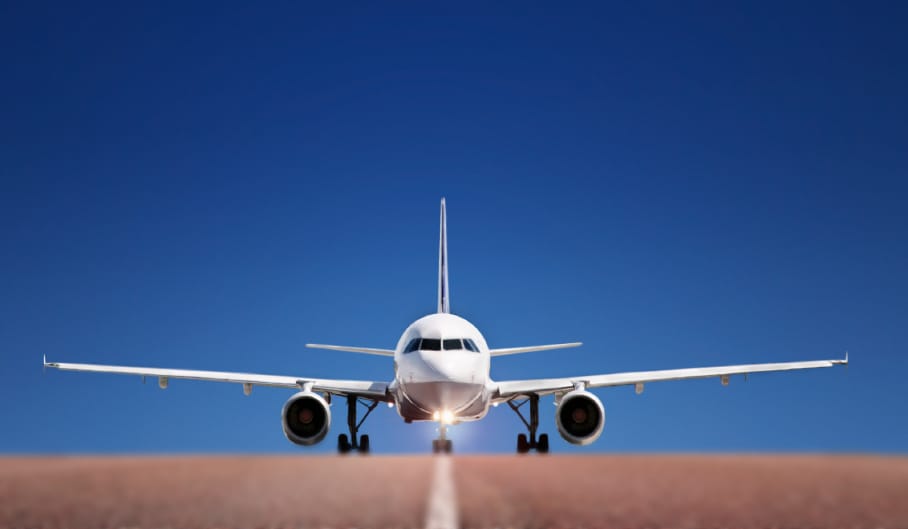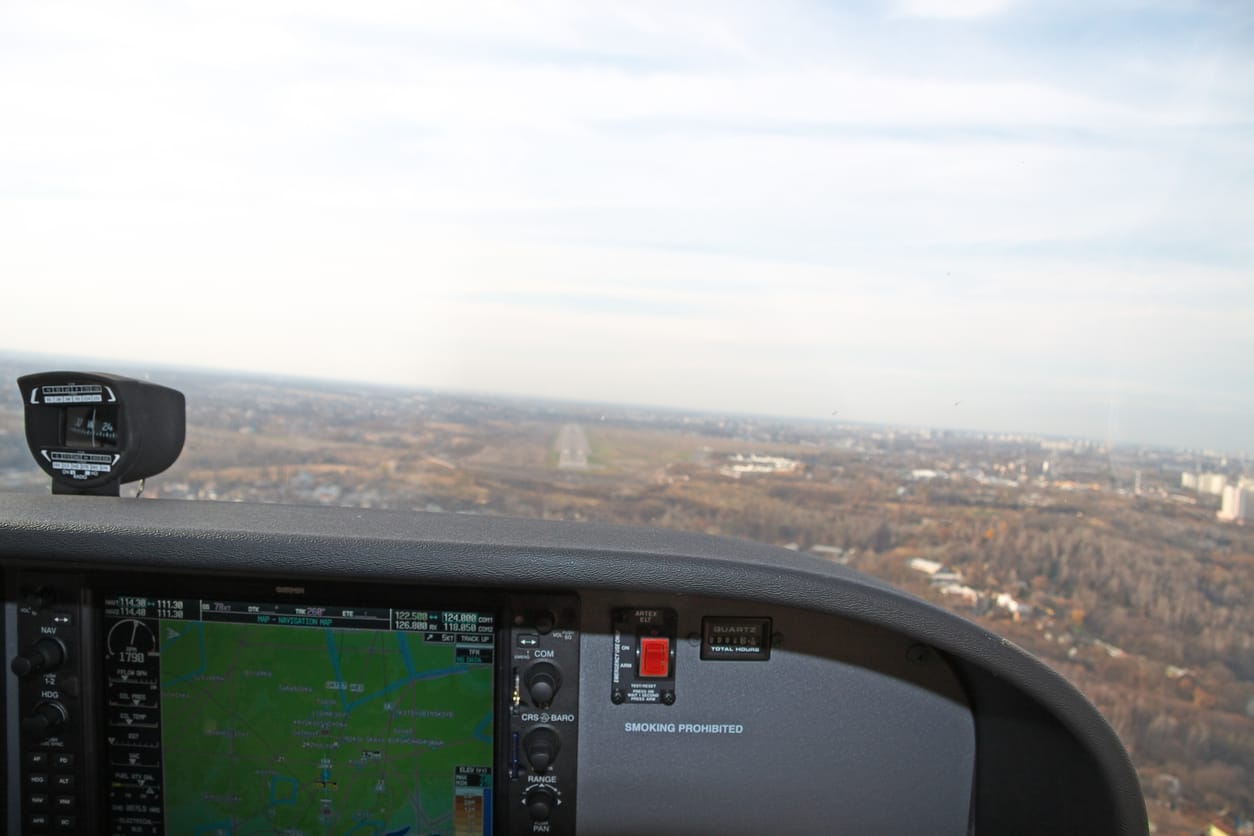Learning correct emergency descent procedures is vital for student pilots looking to master the art and science of flying.
[lwptoc numerationSuffix=”dot” title=”Contents” titleFontSize=”30px” itemsFontSize=”18pt”]
Student pilots must learn the basics of the emergency descent procedures of the airplane they are learning to fly. The Federal Aviation Administration (FAA) requires this as part of a student’s basic flight education for the safety of the pilot, as well as his or her future passengers. In fact, before a pilot is permitted to earn his or her private certificate, he or she must demonstrate to an FAA designated pilot examiner (DPE) that he or she is proficient in the maneuver.
Learning emergency procedures can seem repetitive and the topic is unpleasant, but mastering them can save a pilot’s life. Once a student pilot feels confident in emergency descent procedures and can perform them in a variety of circumstances, he or she is a safer and more reliable pilot.
What Is an Emergency Descent Procedure?
Pilot Wally Moran defines emergency descent as the pilot “wanting to get on the ground as quickly as possible.” An emergency descent does not involve a quick in-flight correction or flipping a few switches. It is a life-threatening event such as an engine on fire, smoke in the cabin, or a rapid depressurization within the aircraft. It can also involve a medical emergency for someone in the aircraft. The pilot needs to land, or at least reach a lower altitude, as soon as possible, without causing injury to anyone on board or further damaging the airplane.
The specific way an emergency landing is conducted depends on the airplane. The nature of it also depends on the type of emergency which is forcing the descent, as well as the kind of weather and terrain the pilot is facing. Because there are so many variables in an emergency descent procedure, pilots should familiarize themselves with specific action items on the emergency descent checklist as much as possible. However, some commonalities are present despite the type of aircraft. This post discusses critical procedures which are part of every emergency descent procedure.
Reduce Lift and Increase Drag
As soon as you are aware an emergency descent is required, do not waste time reducing lift and increasing drag. No matter how high your altitude is or whether or not you just reached a comfortable cruising altitude, it is critical to descend as fast and as safely as you can. This is accomplished by reducing lift as much as possible, while also quickly increasing drag.
Lift is the aerodynamic force which helps the airplane achieve flight, and drag is the opposite pressure which slows the aircraft as it goes through the air. High-speed descents should only take place as long as the airframe is sturdy. Otherwise, it is generally a good idea to extend the airplane’s flaps and landing gear as much as possible. This renders the shape of the airplane as less sleek and aerodynamic, and the natural force of gravity will encourage it to descent quickly, but not excessively.
Slipping
Slipping an airplane is the practice of deliberately flying inefficiently. In slipping, the pilot moves the aircraft slightly sideways while the aircraft is moving forward in relation to the direction of the wind or airflow. Pilots seek to avoid slip during climb or steady flight since they invite drag and the consumption of energy. Deliberately entering a slip, however, can be useful when a steep and rapid descent is necessary.
It is a standard maneuver when pilots are making a landing in cross winds or on a short runway when an obstacle such as a power line presents an obstacle. In an emergency descent, however, slipping is a safe way to rapidly increase drag. When the pilot does this, the rate of descent increases by using the natural forces of gravity and the direction of the wind. Slipping is especially useful when the airplane is travelling at a high airspeed at the time of the emergency. It is important to practice slipping before a crisis arises.
Monitor the Aircraft’s Limitations
What might have seemed like a lot of numbers to skip while studying the aircraft manual on the ground are suddenly vital to keeping the airplane as healthy as possible at a critical time. It is important to take note of and carefully monitor the airplane’s speed limitations during the descent. Each aircraft has a never-exceed speed published in its operating manual known as Vne. Pushing past Vne can make a bad problem worse by placing unusual stress on the engines, airframe, and wings.
Airplanes also have a maximum flaps extended speed known as Vfe. An airplane with landing gear will also have a landing gear extension speed. In addition, the pilot should also monitor the airplane’s engine temperature, maneuvering speed, and other maximum limitations. Maintaining an even descent within all these limitations is vital for a safe landing.
Communicate and Remain Calm
This is one of the reasons why practice, simulation, and studying are so important in the event of an emergency. In addition to flying the airplane as safely as possible and monitoring the aircraft’s limitations, the pilot must remain calm.
First, as pilot in command, even if the airplane contains a crew of one, the pilot is responsible for everyone on board. This includes other pilots as well as each passenger, who, if they are not pilots themselves, will be looking to the pilot in command for cues on what is happening with the aircraft. If the pilot panics, they will, too. Crew members must be kept calm so that they can do their jobs as well and better assist the pilot.
As soon as the emergency is assessed, the pilot should let air traffic control (ATC) know by setting their airplane’s transponder code to 7700, then keying the mic to announce: “Declaring an emergency.” This means ATC can give the airplane direction and priority to land at the nearest possible airport. Letting other pilots in the area know that there is an emergency gives them an opportunity to clear out of the landing pattern, if necessary, or even provide visual reports on the exterior condition of the aircraft.
Ready to soar in your aviation career?
Mr. Matthew A. Johnston has over 23 years of experience serving various roles in education and is currently serving as the President of California Aeronautical University. He maintains memberships and is a supporting participant with several aviation promoting and advocacy associations including University Aviation Association (UAA), Regional Airline Association (RAA), AOPA, NBAA, and EAA with the Young Eagles program. He is proud of his collaboration with airlines, aviation businesses and individual aviation professionals who are working with him to develop California Aeronautical University as a leader in educating aviation professionals.
